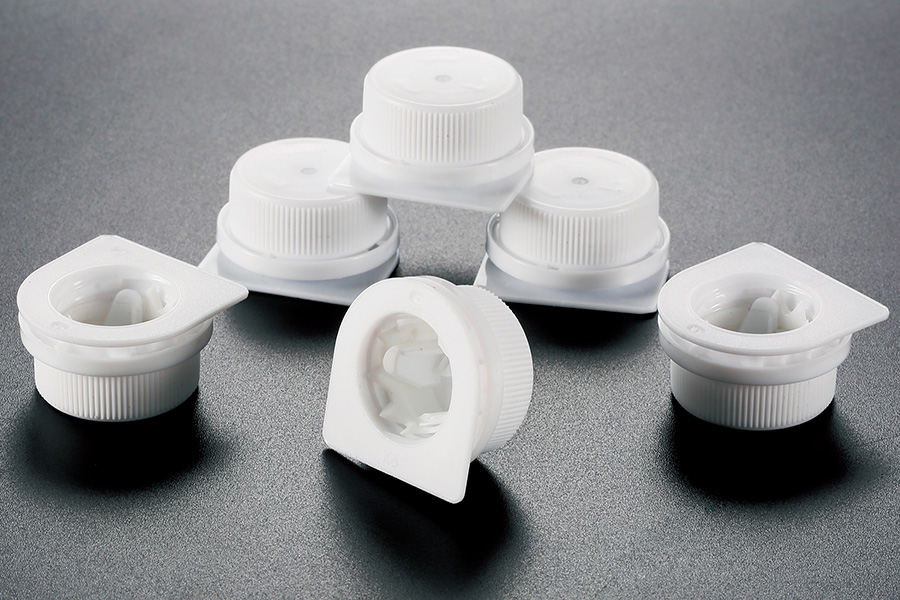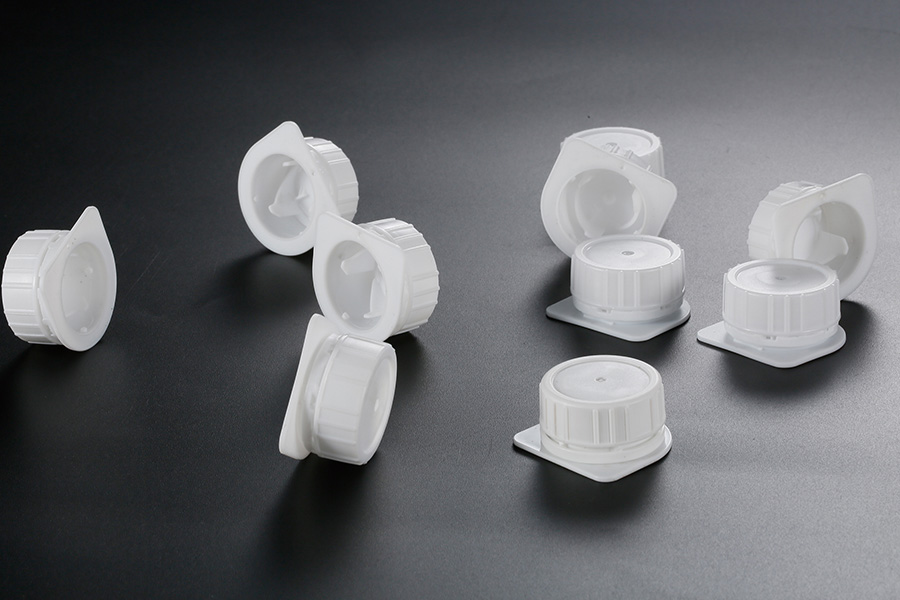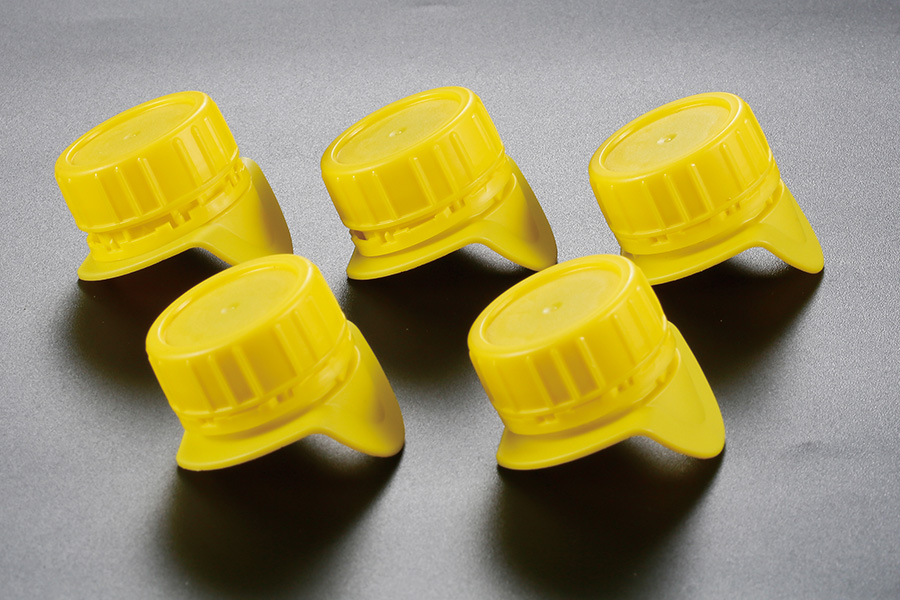In the packaging industry, the compatibility between sealing films and polypropylene caps plays a critical role in ensuring product safety, freshness, and user convenience. Polypropylene caps are widely used due to their durability, chemical resistance, and versatility. However, their effectiveness largely depends on how well they integrate with sealing films, which act as barriers to prevent leakage, contamination, and spoilage. Understanding the relationship between sealing films and polypropylene caps is essential for manufacturers aiming to deliver reliable and user-friendly packaging solutions.

One key aspect of this compatibility is the physical and chemical interaction between the sealing film and the polypropylene cap. Sealing films are typically designed from materials such as aluminum foil, polyethylene, or multi-layer laminates, each offering different sealing properties. When combined with a recyclable plastic cap, the film must adhere securely to the cap’s surface to create a hermetic seal. This ensures that the contents remain protected from external factors such as moisture, oxygen, and microbes. The integrity of this seal is especially vital in products that require long shelf life or are sensitive to contamination.
Functional spout caps have gained attention for their innovative design that enhances user experience by simplifying the opening and pouring process. These caps often incorporate a sealing film that must work seamlessly with the polypropylene body to maintain a reliable seal until one use. The film’s compatibility with the recyclable plastic cap directly influences the cap’s performance in preventing leaks and preserving product quality. Therefore, choosing the appropriate sealing film material and thickness is crucial to match the specific design and function of the spout cap.
Manufacturers often face challenges when selecting sealing films for polypropylene caps due to differences in thermal expansion, surface energy, and mechanical properties. For instance, a sealing film that adheres well to one type of polypropylene cap might fail with another if the cap has a textured surface or a different molding process. Moreover, the sealing process itself—whether induction sealing, heat sealing, or pressure sealing—affects the interaction between the film and the recyclable plastic cap. Each method requires fine-tuning of temperature, pressure, and dwell time to ensure a strong bond without damaging the cap or the film.
The choice of sealing film also impacts the sustainability of packaging solutions. Increasingly, recyclable plastic caps are paired with eco-friendly sealing films to meet environmental standards and consumer expectations. Multi-layer films designed for easy separation or those made entirely of recyclable materials can enhance the recyclability of the entire closure system. Functional spout caps designed with these films help reduce plastic waste while maintaining performance, offering a balance between sustainability and functionality.
Another important consideration is the compatibility of sealing films with the contents of the package. Some products, such as acidic beverages or cosmetics, may interact chemically with certain films, pilot to degradation or compromise of the seal. Polypropylene caps paired with carefully selected sealing films can provide resistance to these interactions, ensuring that the product remains uncontaminated and safe for use throughout its shelf life. This is especially important for functional spout caps that are designed for repeated use or dispensing.
Testing and quality control play vital roles in verifying the compatibility between sealing films and polypropylene caps. Manufacturers conduct peel tests, leakage tests, and aging studies to assess how well the sealing film adheres under various conditions. These evaluations help identify the ideal combinations of recyclable plastic caps and sealing films that meet industry standards and regulatory requirements. Continuous innovation in materials science also contributes to improved compatibility, as new polymers and laminates offer enhanced sealing properties tailored to specific applications.
In conclusion, sealing film compatibility with polypropylene caps is a multifaceted subject that influences packaging integrity, user experience, and sustainability. The integration of recyclable plastic caps with well-matched sealing films is essential to achieve reliable, leak-proof closures that protect product quality. Functional spout caps, in particular, benefit from precise film selection to maintain their convenience and safety features. As packaging demands evolve, ongoing research and development in sealing technologies will continue to refine the compatibility between films and polypropylene caps, supporting the creation of packaging solutions that are both functional and environmentally responsible.


 English
English  русский
русский عربى
عربى


